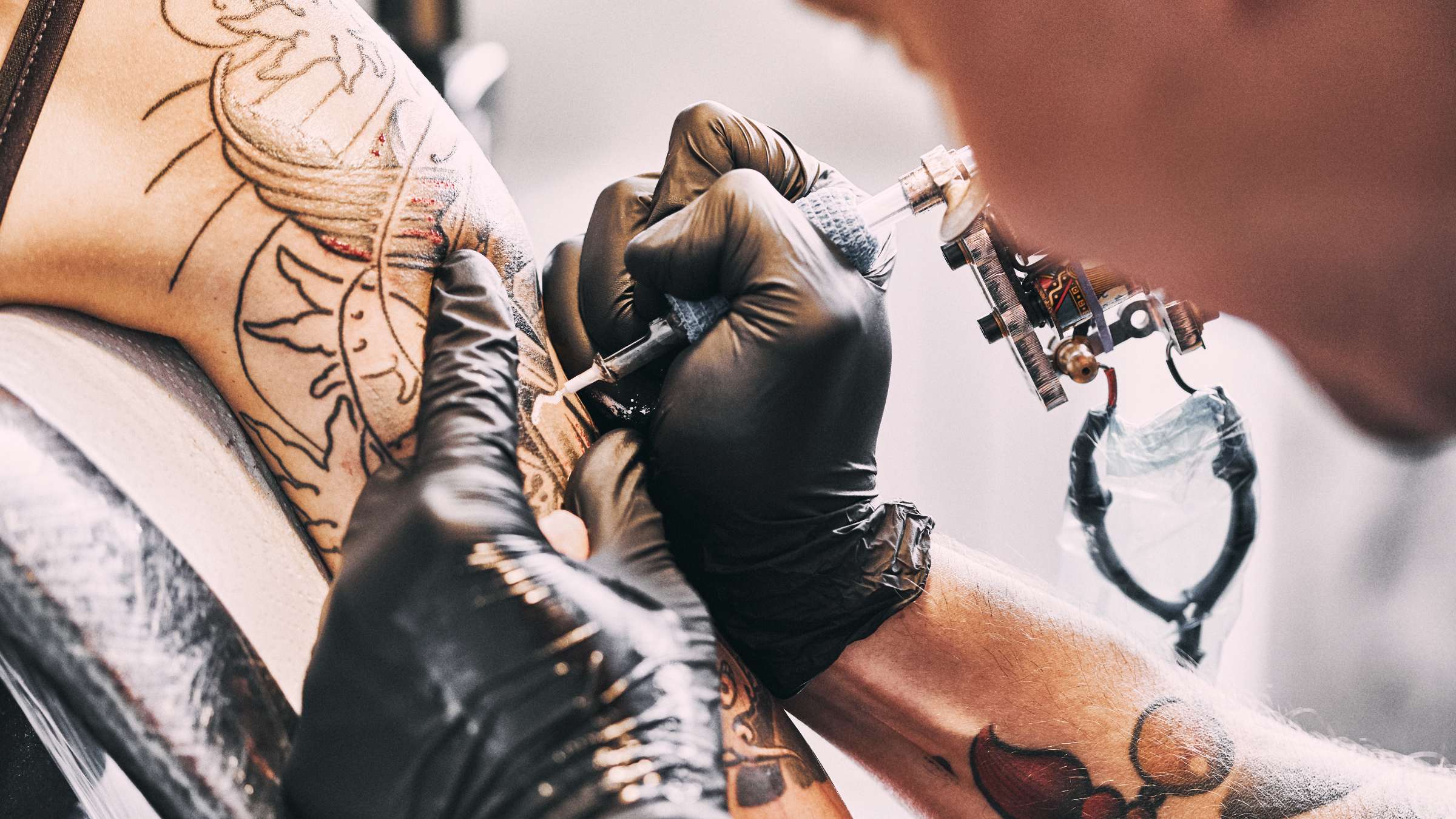
Thinking about getting a tattoo? Follow these tips to prevent tattoo infections.
Whether you are a seasoned tattoo recipient or are contemplating your first tattoo, there are a few things you need to be aware of to minimize the possibility of a tattoo infection. While relatively rare, a tattoo infection can cause symptoms ranging from minor redness and swelling all the way to serious systemic symptoms. Rest assured that with proper preparation, research and care, you can decrease your risk for infection.
How and why do tattoo infections occur?
A top culprit is unsterile technique. Tattoo artists should be sterilizing their equipment with a working autoclave for tool and instrument sterilization. They should also always use new, sterile needles; frequently wash their hands; wear gloves and effectively disinfect between patrons. Tattoo artists also need to take care not to cross-contaminate tattoo ink between patrons and use clean, sterile water when diluting ink.
Take care of your tattooed skin
Another cause of tattoo infection is lack of post-tattoo care. The first few days after a tattoo are critical when it comes to proper care. You should receive very clear wound-care instructions, and you should follow them carefully. Treat your tattoo as if it is a skin wound with twice daily washing of the area, keeping the area clean and covering it with petrolatum ointment and bandages until healed.
What kinds of tattoo infections are common?
The most common skin infections are bacterial skin infections, such as from Staphylococcus, and are usually related to bacteria on the skin surface, use of unsterile equipment or unhygienic technique. Other bacterial culprits include infections with atypical bacteria. These organisms have been linked to contaminated inks or contaminated water (the water used to dilute inks). In rare occurrences, unsterilized equipment and reused needles can lead to serious viral infections, including HIV, Hepatitis B or Hepatitis C.
Signs of an infected tattoo
As you care for your tattoo, be sure to watch for these warning signs of a possible infection:
- Worsening red, itchy bumps at the tattoo site
- Redness and swelling: remember that mild redness is to be expected the first two to three days after getting a tattoo. If it progresses, worsens or accelerates three to five days after getting the tattoo, you need to take action due to high likelihood of a skin infection.
- Pus with foul-smelling drainage
- Worsening pain
- Systemic symptoms like fevers and chills
At what point do you need to see a doctor?
You can develop a severe infection from an infected tattoo. Seek medical care immediately if you develop severe pain, intense swelling, severe redness or warmth at the tattoo site, systemic symptoms like fevers and chills, nausea and vomiting or foul-smelling drainage from the tattoo.
Treatments for an infected tattoo
Depending on the severity of the infection, there are a variety of methods for treating an infected tattoo. Follow the instructions provided by your physician or care team. Treatments differ based on the kind of infection, but here are the most common scenarios:
- For minor infections, wash the infected area twice daily with antibacterial soap.
- Superficial infections, such as an impetigo or reddish sores around part of the tattoo, can be treated with local wound care plus topical antibiotic. A prescription strength antibiotic may be required for more severe cases.
- More significant local infections exhibiting redness, pus and inflammation would be treated with a 10-14 day course of oral antibiotics. If it’s a more significant bacterial infection, it may require a more lengthy treatment course lasting up to several months.
- A single, discrete abscess can be incised and drained by your physician or care team if needed.
- More severe, deep-skin infections may require surgical treatment and extensive removal of skin, in addition to antibiotics.
Tattoo safety tips to protect you and your skin
Safety comes first when it comes to tattoos, so always make it a priority to protect yourself and your skin. Here are some tips I share with my patients interested in getting a tattoo:
1 Only seek out reputable tattoo facilities and professionally licensed tattoo artists
Check your state for licensing. Oversight can differ from state to state, so make sure to perform your due diligence. For example, in Columbus, Ohio, the Columbus Public Health Body Art Program approves and inspects body art facilities and allows you to search inspection results for specific locations.
2 Ask questions
Tattoo artists should be willing to answer your questions when it comes to their sterilization practices. Be direct and ask questions, particularly with regard to how equipment is sterilized. For example, do they use an autoclave to sterilize equipment? Do they use new, sterile needles and wear and change gloves? You should also ask about their tattoo ink, how it is stored and what water source is used to dilute the ink. If they don’t want to answer, walk out.
3 Follow the wound care instructions
As simple as it may seem, follow the wound care instructions provided by your artist.
4 Watch for infection
Seek medical care quickly if you see any signs of infection.
Following these suggestions will make all the difference in terms of preventing infection, healing and achieving the positive results you desire for your skin and your new body art.






